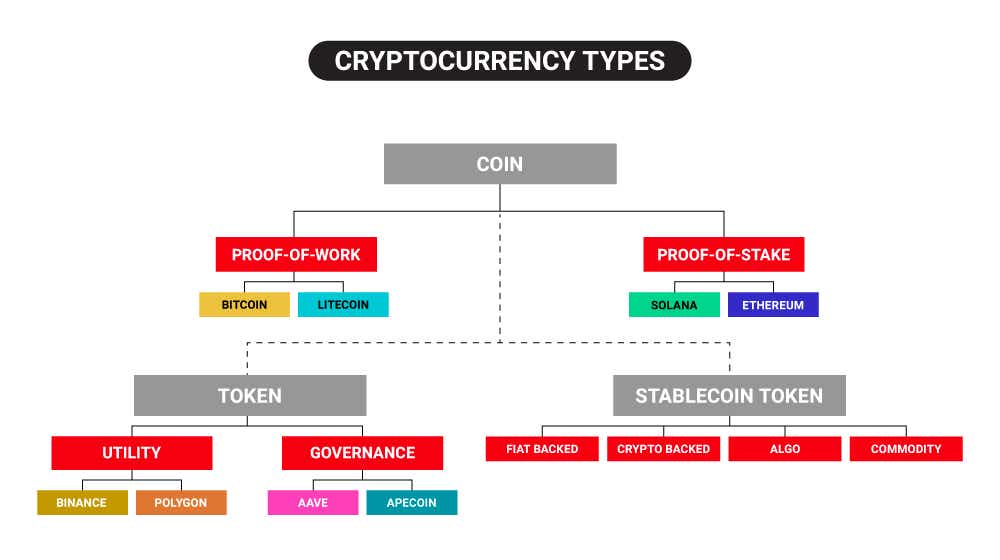Why cryptocurrency is bad
To the average person, putting any kind of an evaluation on a fake internet point sounds absolutely bananas, however as soon as you begin distributing a limited supply to a small user base, and use a pre-existing smart contract platform (ETH) you trust that the underlying asset has some sort of monetary value.. https://activepatience.com/phase-change-diagram-worksheet/ .
So you might be asking yourself, does ETH truly follow the trajectory of Bitcoin, and if not, what’s the major reason why? Yes, Ethereum is technically an alt, but given it’s dominance in the market – should it not lead the market as well? As you can see, I posted a graph of actual crypto performance to keep people guessing. I have to make this look legit, and if it’s super obvious that everything I’m talking about is BS, well then I cant reward the lucky people who stick around. Speaking of, the first 4 people who comment with the answer I’m looking for win a share of the prize mentioned earlier. Also, this graph is from 2017… So you can understand that one of the main reasons that Ethereum struggles to lead the pack, at least as of this point, is because of lack of institutional interest (comparatively to BTC) as well as the high fees.
If I could say that I own a one-of-a-kind digital stamped version of Carlos Matos in his absolute prime, I’d likely not have to worry about money for the rest of my life… In reality, it’s widely speculated that because NFT’s are extremely easy to create – if you’ve made it this far, don’t give people hints, play it cool in the comments – and can be purchased for any amount of money, the likelihood that they’re being used for purposes such as money laundering is extremely likely considering how increasingly easy it is for the average person to get involved.
Step 4: This is the peak of investment, and might take you years to come to. You can then start looking into higher risk investments like DeFi Protocols. The latter are pretty insane mechanisms that can return more than 100% APY in farms, pools, but note that these liquidity pools are subject to this risk called impermanent loss. Allocate 1-5% of what you’re willing to risk. E.g, pancakeswap, pancakebunny, apeswap are some protocols you can look into!

Types of cryptocurrency
In December 2017, Bitcoin reached a price of $20,000 per Bitcoin. So, anyone holding 50 Bitcoins or more became a millionaire. In January 2015, 50 Bitcoins would have cost you just $10,000. That’s a profit of $990,000! Crazy, right?
Litecoin has been in the news a lot lately because it will be the first cryptocurrency to use the Lightning Network. The Lightning Network solves a lot of issues for cryptocurrencies, such as scalability — using the Lighting Network, Litecoin will be able to process many more transactions per second.
Utility tokens or utility coins are assets used to access services on a given blockchain protocol. Typically, a user will have to acquire the asset and hold it to gain the privileges other asset holders enjoy including governance, trading fee discounts, and start-up investment rounds (also called IDO or Initial DEX Offering). Utility or infrastructure assets are perhaps the most common types, and examples include the following:

In December 2017, Bitcoin reached a price of $20,000 per Bitcoin. So, anyone holding 50 Bitcoins or more became a millionaire. In January 2015, 50 Bitcoins would have cost you just $10,000. That’s a profit of $990,000! Crazy, right?
Litecoin has been in the news a lot lately because it will be the first cryptocurrency to use the Lightning Network. The Lightning Network solves a lot of issues for cryptocurrencies, such as scalability — using the Lighting Network, Litecoin will be able to process many more transactions per second.
Cryptocurrency r
Over the past few decades, consumers have become more curious about their energy consumption and personal effects on climate change. When news stories started swirling regarding the possible negative effects of Bitcoin’s energy consumption, many became concerned about Bitcoin and criticized this energy usage. A report found that each Bitcoin transaction takes 1,173 KW hours of electricity, which can “power the typical American home for six weeks.” Another report calculates that the energy required by Bitcoin annually is more than the annual hourly energy usage of Finland, a country with a population of 5.5 million.
Retrieves crypto currency information and historical prices as well as information on the exchanges they are listed on. Historical data contains daily open, high, low and close values for all crypto currencies. All data is scraped from < via their 'web-api'.
On October 31, 2008, Nakamoto published Bitcoin’s whitepaper, which described in detail how a peer-to-peer, online currency could be implemented. They proposed to use a decentralized ledger of transactions packaged in batches (called “blocks”) and secured by cryptographic algorithms — the whole system would later be dubbed “blockchain.”
Bitcoin’s source code repository on GitHub lists more than 750 contributors, with some of the key ones being Wladimir J. van der Laan, Marco Falke, Pieter Wuille, Gavin Andresen, Jonas Schnelli and others.

